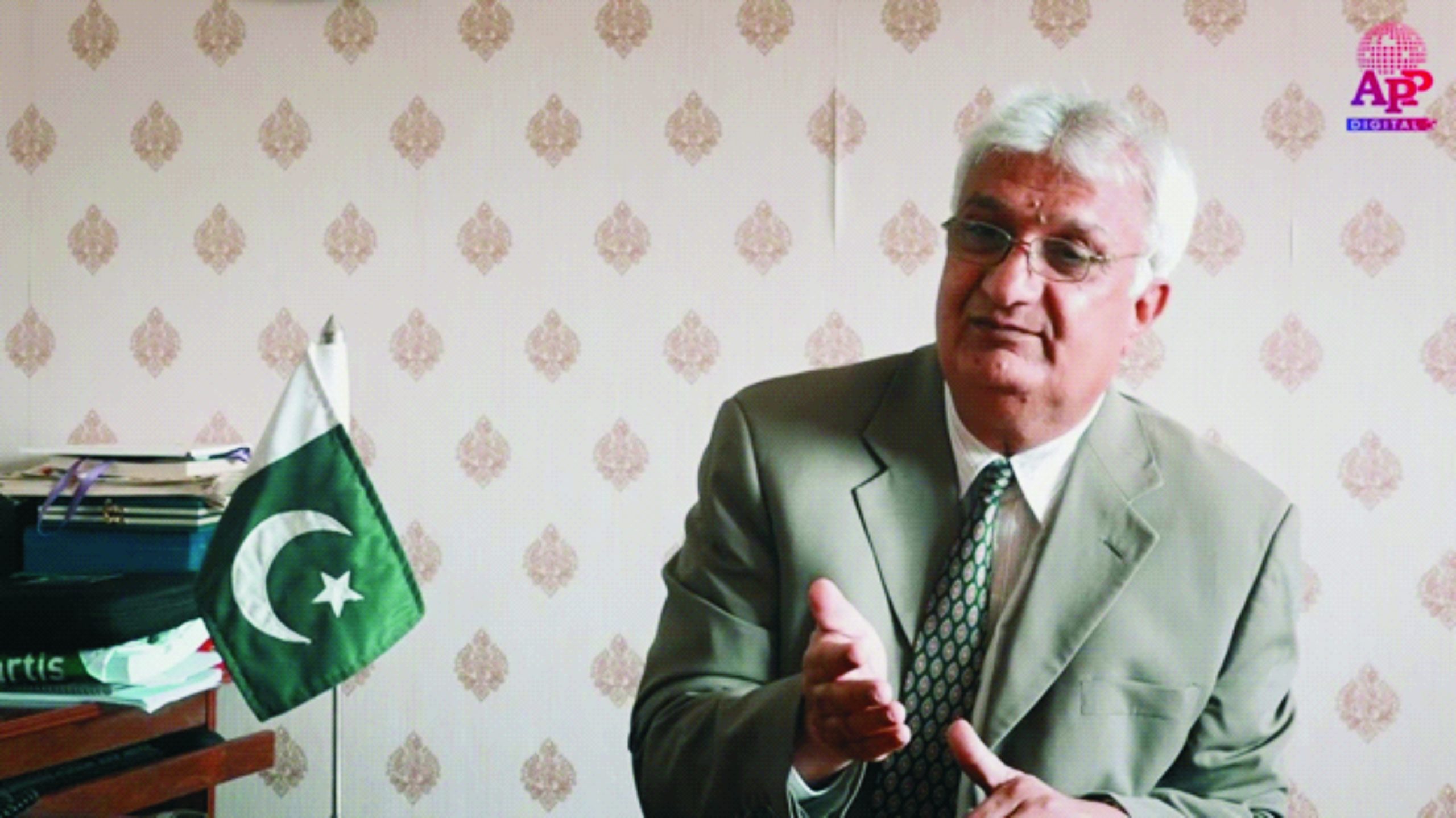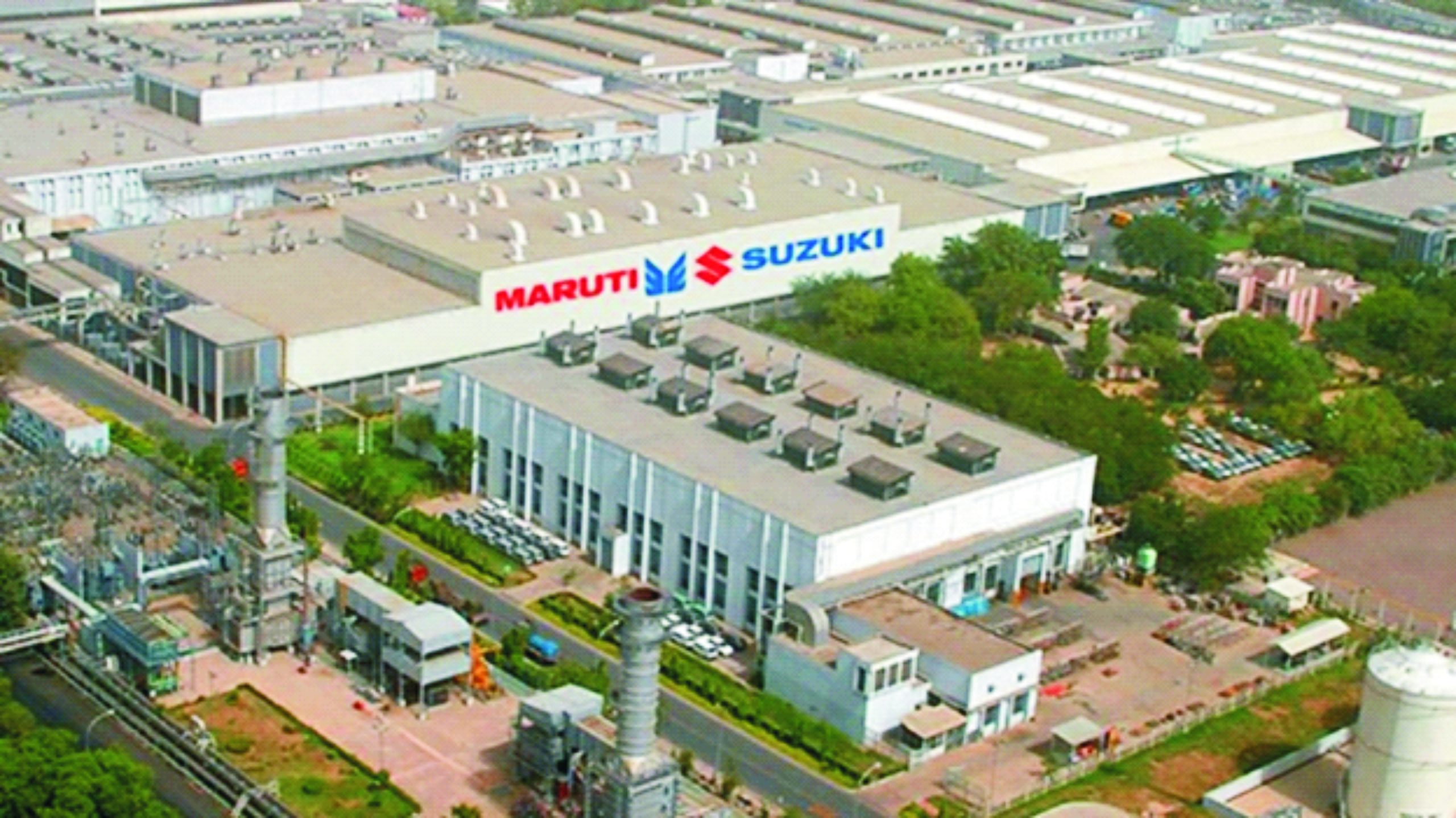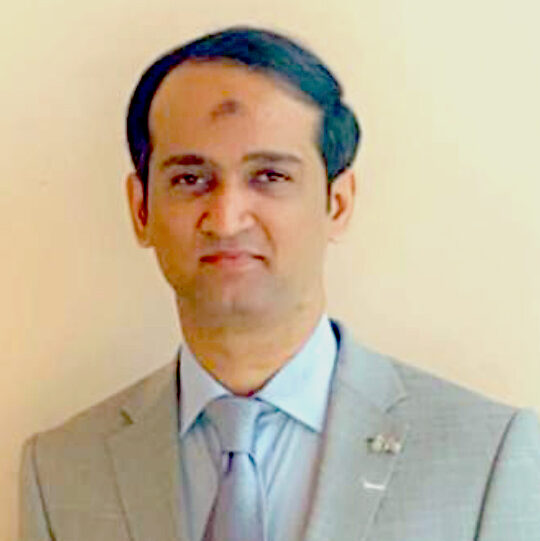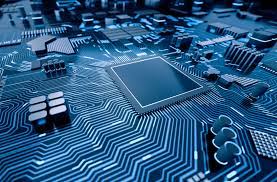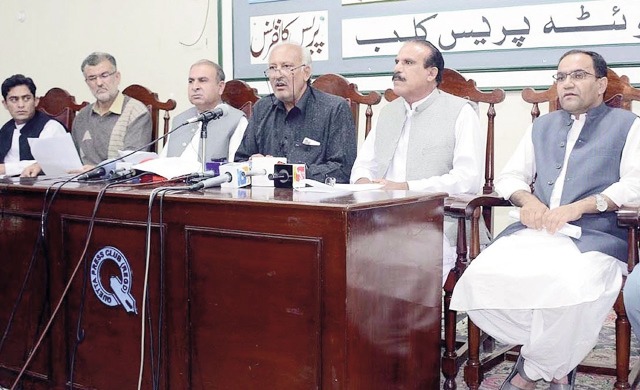Chat GPT Executive Center Established at NSU Prof. Mukhtar, Vice Chancellor advises the government to carefully evaluate ChatGPT 4.0
The National Skills University Islamabad (NSU)–a UNESCO/UNEVOC international center in Pakistan–leads by establishing Generative Pre-Trained Transformer (GPT) Executive Training Center. […]

